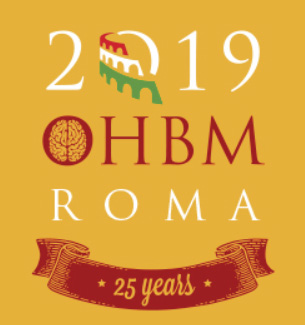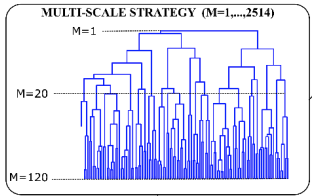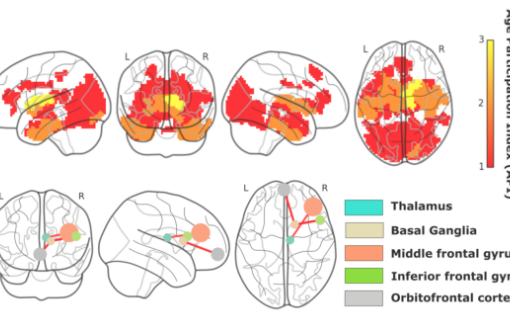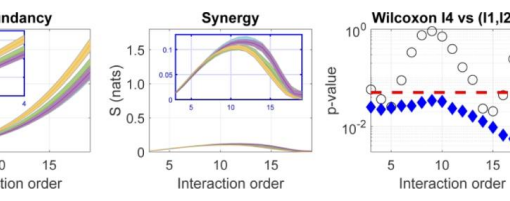Changchun He, Heng Chen, Xiaonan Guo, Ruishi Wang, Lingyin Kong,
Xinyue Huang, Huafu Chen, Jinming Xiao, Xiaolong Shan, Rui Feng, Xujun Duan. Individual-based morphological brain network organization and its association with autistic symptoms in young children with autism spectrum disorder. Human Brain Mapping. In press, 2021 [pdf]
Abstract
Individual-based morphological brain networks built from T1-weighted magnetic resonance imaging (MRI) reflect synchronous maturation intensities between anatomical regions at the individual level. Autism spectrum disorder (ASD) is a socio-cognitive and neurodevelopmental disorder with high neuroanatomical heterogeneity, but the specific patterns of morphological networks in ASD remain largely unexplored at the individual level. In this study, individual-based morphological networks were constructed by using high-resolution structural MRI data from 40 young children with ASD (age range: 2–8 years) and 38 age-, gender-, and handedness-matched typically developing children (TDC). Measurements were recorded as threefold. Results showed that compared with TDC, young children with ASD exhibited lower values of small-worldness (i.e., σ) of individual-level morphological brain networks, increased morphological connectivity in cortico-striatum-thalamic-cortical (CSTC) circuitry, and decreased morphological connectivity in the cortico-cortical network. In addition, morphological connectivity abnormalities can predict the severity of social communication deficits in young children with ASD, thus confirming an associational impact at the behavioral level. These findings suggest that the morphological brain network in the autistic developmental brain is inefficient in segregating and distributing information. The results also highlight the crucial role of abnormal morphological connectivity patterns in the socio-cognitive deficits of ASD and support the possible use of the aberrant developmental patterns of morphological brain networks in revealing new clinically-relevant biomarkers for ASD.





